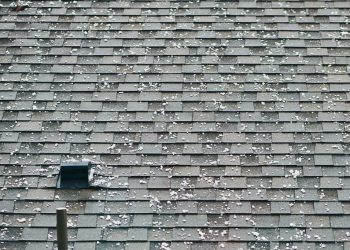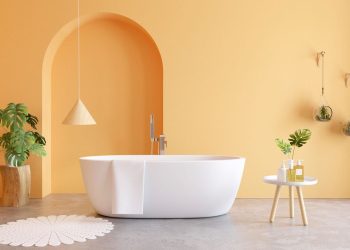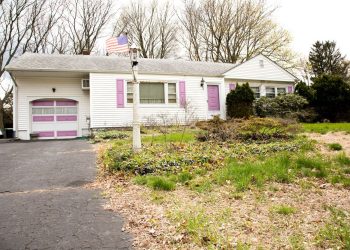When you’re in the market to buy a luxury home, the architectural details can draw you in. Detailed exterior facades, sweeping staircases, custom millwork and soaring ceilings can be a true work of art. However, before you get swept up in these visual elements, the most critical aspect to consider is the home’s architectural integrity. This means how well a home’s design, materials, construction and structural systems support how it looks and functions. Overlooking the architectural integrity in favor of beautiful finishes or creative staging can result in costly regrets after you move in. Here are several essential questions to ask as you assess a home’s architectural integrity before you make an offer
Did a licensed architect design the home?
A luxury property isn’t silly about the square footage or the material selections. It’s also about thoughtful spatial planning, proportion and long-term value. Homes designed by licensed architects often have better flow, more efficient use of space and long-term structural durability. Homes built without an architect can have poor scale, awkward room transitions and inefficient layouts despite high-end finishes.
Questions to ask:
Who designed the home, and are they a licensed architect?
Was the architect experienced in designing for this specific climate and terrain?
Are original design plans or blueprints available?
Has the structure been modified or expanded?
Not all home additions are optimally integrated into the existing properly. Low-quality structural changes can compromise everything, from roof lines to foundation load distribution. Contact the village to request the permits and structural reports from the addition. Ask your inspector to pay special attention to transition areas between old and new construction.
Questions to ask:
- What structural changes or additions have been made since the original construction?
- Were they permitted and inspected by the city?
- Was a structural engineer involved in the process?
Are the materials natural?
The material selections in a home may appear high-end at face value, but they can be faux or imitation, which lacks the same durability as natural materials. Faux stone facades, engineered moldings or hollow-core doors can diminish the feel and durability of a high-end home. Authentic materials tend to wear better, age beautifully and are easier to maintain or repair over
time.
Questions to ask:
- Are the floors made of solid hardwood or engineered wood?
- Is the stone natural or veneer?
- Are beams and paneling structural or decorative?
How does the home handle environmental stress?
From hurricanes to heat waves, high-end homes should be able to withstand the elements without compromising comfort or structural integrity. In older homes, updated systems (like drainage or waterproofing) can be a sign of a well-cared-for property. It can also be a red flag if they’re missing entirely.
Questions to ask:
- What kind of insulation and moisture barrier systems are in place?
- Is the home built to current seismic, wind or flood codes?
- Has it experienced any water intrusion, foundation shifting or roof issues?
Is the floor plan designed for daily life or entertaining?
Some luxury homes dazzle during a showing but disappoint once you try to live in them. Poor circulation, oversized spaces or excessive open areas can make beautiful homes feel cold or uninviting. Tour home during different times of the day. Notice how the light, noise and temperature shift during the various points of the day.
Questions to ask:
- How does the light move through the home throughout the day?
- Are the public and private zones well separated?
- Is there suitable storage, sightline privacy and flow to suit your lifestyle?
Architectural integrity is the difference between a home that looks luxurious and one that lives luxuriously for decades.











